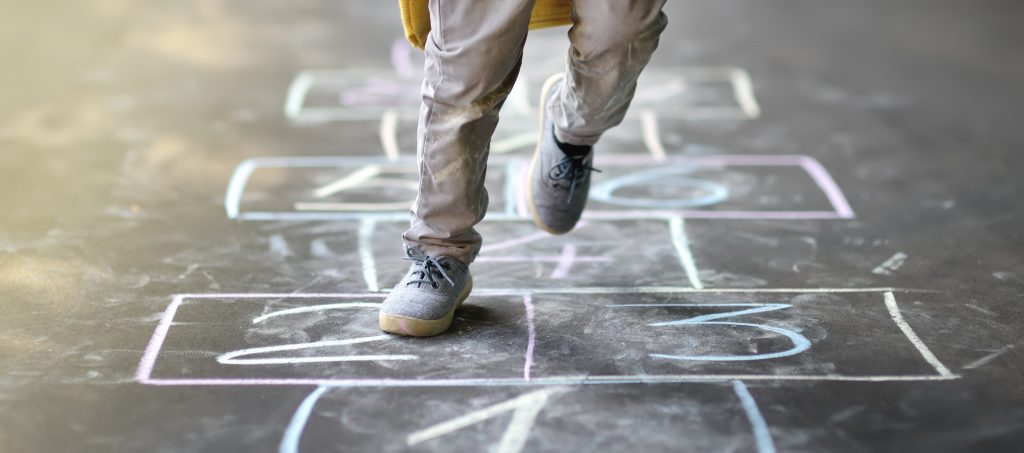Building capacity for sport participation through events

Project Summary The demonstration effect is the assumption that sport events stimulate sport participation. This phenomenon is widely debated (e.g., Weed et al, 2015) given there is little evidence that sport events create new participation in sport. Local sport organizations (LSOs) can play a pivotal role in taking advantage of sport events to create new participation opportunities. In order to do so, LSOs must be willing and able to create that opportunity for enhanced…
Bringing a Trauma-Sensitive Focus into Children’s Active Play

It’s September – a traditional time of transition. This year, because of the COVID-19 pandemic, children are confronting significant change and uncertainty. Children are at elevated risks of negative physical and mental health consequences for several reasons (Chanchlani et al., 2020). First, school, daycare, and community programming closures in March 2020 resulted in potential loss…
Program Promotion
Do your promotional strategies include the necessary information for athletes experiencing disability to feel safe, welcomed and confident in their participation? Don’t forget accessibility information, local transportation options, specialized equipment available, level of challenge, and coach certification.
Hometown Heroes
Millions of people tune in to watch athletes from their own communities compete for Olympic and Paralympic medals. Research suggests youth perceive a special connection with elite athletes from their hometown because they share similar sport-related experiences, such as team or club affiliation, coaches, and facilities. This affiliation may support increased participation after major sport…
The relationship between team cohesion and youth sport participation

Project Summary The first objective was to examine the relationship between task and social cohesion, and three participation-related outcomes (self-reported effort, practice attendance, and intention to return to the team the following season). Results indicated that cohesiveness around the team’s task was positively related to effort and intention to the return, but not to practice…
Rural Sport Programs
Limited interest from funders, difficulty adapting evidence from urban settings, and a lack of capacity or buy-in can limit physical activity and sport programs in rural settings. To overcome these challenges, research suggests that developing broad-based partnerships, building on existing resources, and focusing on the long-term vision are key.
Putting Inclusion to Practice
Creating inclusive programs and environments is a priority for many organizations, but what does this mean in practice? Inspiring programs such as the Hijabi Ballers, Free Footie and the North Preston Surf Program put the inclusion principles of respect, dignity and openness into action.
Exercise & Cardiac Risk
In a recent scientific paper, the American Heart Association suggests increased participation of inactive and unfit individuals in vigorous and high-intensity activities, such as marathons, is linked to higher incidence of related cardiovascular events. Experts recommend “more is not always better” – to minimize the risks and maximize the benefits of physical activity, slowly increase…
Accessibility During COVID-19
Accessing healthcare and other services (including sport, recreation, and social activities) during the pandemic may be particularly challenging for people with disabilities. Sport organizations can help to mitigate these challenges by planning virtual events (e.g., guest speakers, trivia), promoting a healthy lifestyle (e.g., video tutorials on adapted physical activity), and sharing information from public health…
Cycling Stress Test
A new stress test created to evaluate bike lanes in the city of Edmonton is helping researchers better understand what deters potential cyclists from the downtown core. The new “Level of Cycling Comfort framework” offers a more accurate assessment of cyclists’ comfort level than current guidelines and could help city planners remove hidden barriers to…